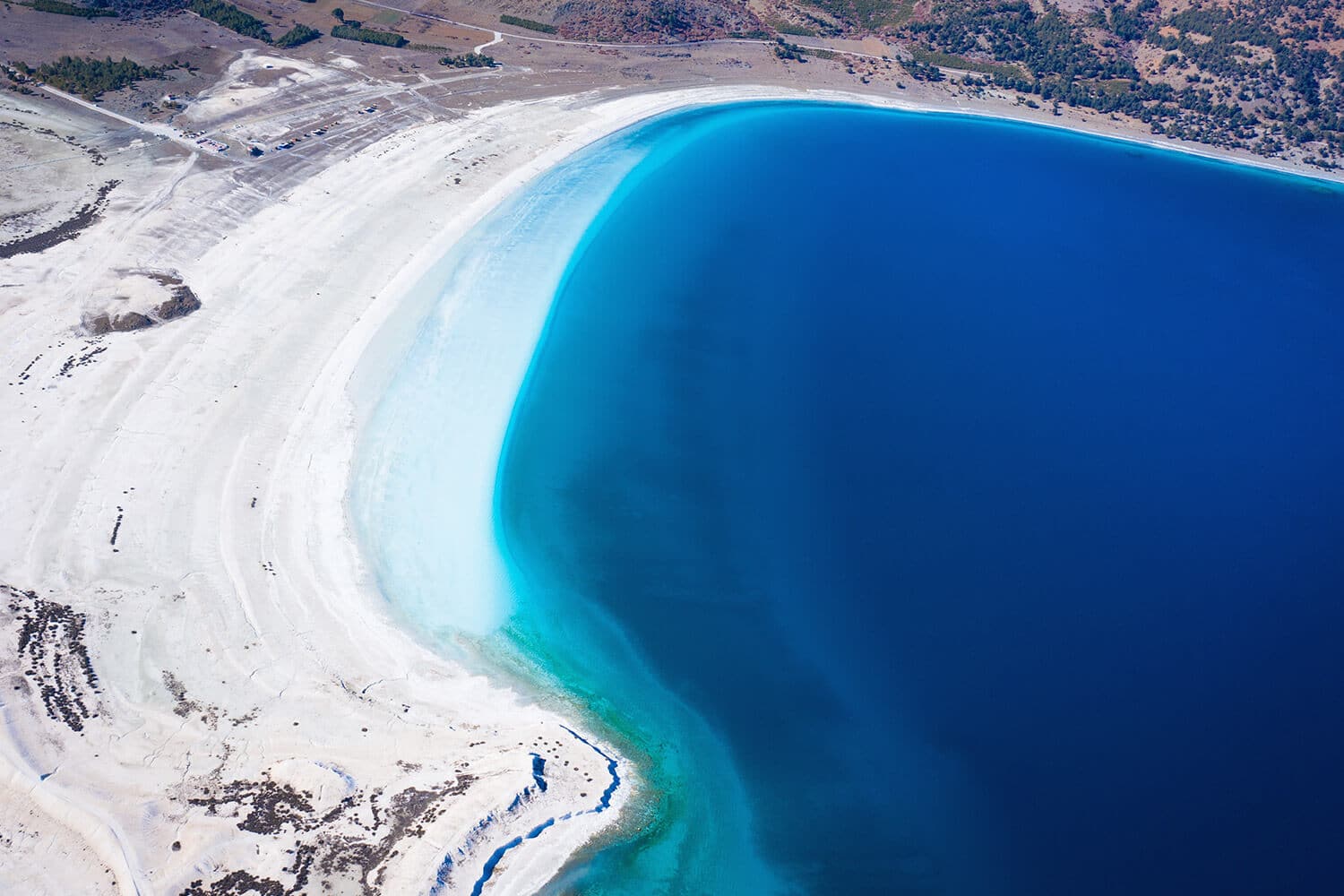Sagalassos, an ancient city in Pisidia, Turkey, boasts several notable achievements and contributions. While the available historical records may not provide an exhaustive list, here are some famous firsts and significant accomplishments associated with Sagalassos:
Urban Planning: Sagalassos is renowned for its impressive urban planning and architectural achievements. The city was laid out on terraces and utilized an advanced water management system that included aqueducts, fountains, and baths. Its well-designed streets, public squares, and monumental buildings demonstrate the city’s meticulous planning and engineering skills.
Sculptural Tradition: Sagalassos was known for its exceptional sculptural tradition. The city produced skilled sculptors and artists who created magnificent statues, reliefs, and decorative elements. Many of these works of art, including the famous “Antonine Nymphaeum” and the “Head of Medusa,” have been discovered during excavations and are now displayed in museums.
Roman Theater: Sagalassos is home to one of the largest and best-preserved Roman theaters in Anatolia. The theater, with a seating capacity of approximately 9,000 spectators, showcases the architectural mastery of the time. It was a center for entertainment and cultural events, including theatrical performances and gladiatorial contests.
Imperial Cult: Sagalassos played a significant role in the imperial cult during the Roman era. The city had a close relationship with the Roman emperors, particularly during the reign of Emperor Hadrian. Numerous inscriptions and statues found at the site indicate the veneration of imperial figures and the importance of the imperial cult in Sagalassos.
Archaeological Discoveries: The excavations at Sagalassos have yielded a wealth of archaeological finds, making it a treasure trove for researchers and historians. The discoveries include well-preserved buildings, statues, mosaics, inscriptions, and everyday artifacts. These findings contribute to a deeper understanding of the city’s history, culture, and daily life.
Environmental Significance: Sagalassos is located in a unique ecological setting, surrounded by natural beauty and diverse flora and fauna. The site is situated within the boundaries of the Sagalassos Ancient City and the Burdur Province Nature Park, which emphasizes the ecological importance and preservation efforts of the area.







